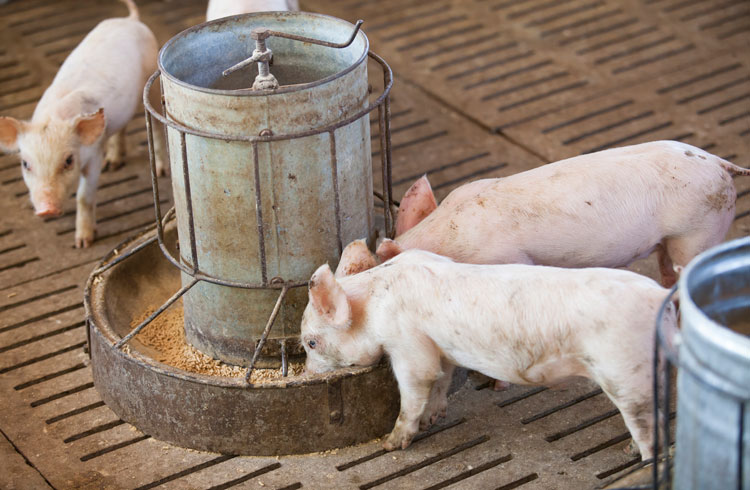
What does a deadly disease in hogs have to do with dairy markets?
The answer is quite simple . . . pigs eat components of whey, a cheese by-product. Fewer pigs means a plummeting demand for whey exported by U.S. suppliers. That’s according to an assessment from the U.S. Dairy Export Council in its latest blog "Q&A: Dairy Farmers Ask Questions About Exports."
Having just returned from a week-long trip to China, it’s resoundingly easy to confirm that assessment is accurate. What’s a bit challenging to assess is how deep the African Swine Fever has cut into China’s hog herd and future whey sales.
Whatever the one’s assessment of the situation, there is no denying that whey exports to China have free-fallen 49 percent since July 2018. That date coincides with retaliatory tariffs that China placed on U.S. dairy products as a trade war broke out between the two countries. Those tariffs range from a 33 to 45 percent surcharge on U.S. dairy products imported into China.
What confounds whey protein sales analysis is the fact that the first case of African Swine Fever broke out just one month after retaliatory tariffs in August 2018. Since then, the incurable disease that leads to death in hogs has spread to every major Chinese province. The disease has infected hogs in Cambodia, Laos, Mongolia, South Korea, and Vietnam.
While African Swine Fever is deadly to hogs, it poses no risk to humans.
Long road to recovery
China is home to half of the world’s hogs. As a result, half of the world’s pork also is consumed in the world’s most populated country. As the epidemic spreads throughout the nation, frantic farmers raced to liquidate existing stocks to salvage values at the slaughterhouse.
Prior to the disease outbreak, China was home to an estimated 441 million hogs. Of that total, 43.6 million were sows, according to USDA’s Foreign Agricultural Service. As a point of reference, the U.S. has 75 million hogs with 6.4 million sows.
Hog losses in the People’s Republic of China are very difficult to ascertain, with estimates ranging from 20 to 70 percent. In travels to the region, most “in the know” suggested that 60 percent of China’s hogs have been slaughtered. If that is true, then 264 million hogs were harvested in a rather short window.
That leaves a current herd of 177 million hogs. Still the largest in the world but nowhere near its peak.
Shuttered plants
Cargill, a major feed supplier in China, closed three feed and animal nutrition plants, according to a Reuters report. That represented approximately 150,000 metric tons of capacity.
“This is not a six-month trend for China to recover,” said Chuck Warta, president of Cargill’s animal nutrition premix business in an interview with Reuters. “This is a 24-month, 36-month kind of resetting of the world’s population of animals.”
If that is indeed the case, don’t look for whey protein sales to China to rebound any time soon . . . even if the trade war ends between China and the U.S.










